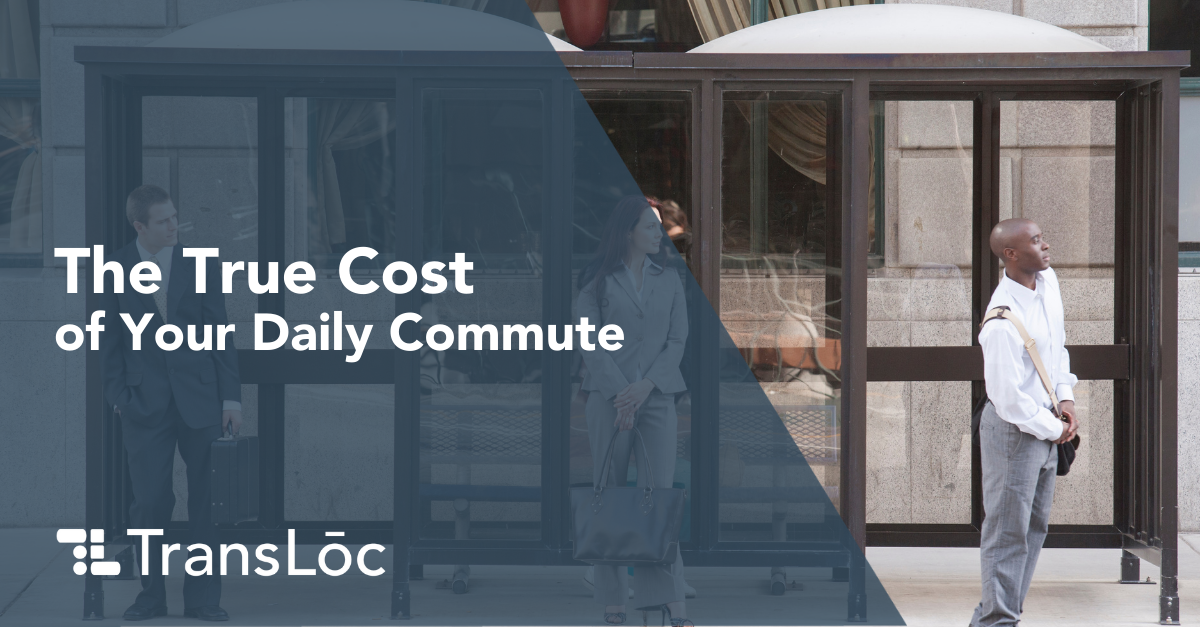
Let’s start with the benefits of public transit
I’ve always enjoyed the many benefits that come from using public transit. I got to ride my bike to the bus stop, gaining a few minutes of exercise along the way. On the bus, I either caught up with friends or colleagues or I read a book. On the way home, our ½ hour headways ensured that I found the right work-life balance and didn’t hang around to answer just one more email. Since Covid-19 struck and I’ve been working from home, though, I haven’t ridden a bus in almost a year.
While personal benefits accrued to me because of taking the bus, I also could rest secure knowing that benefits were accruing to the rest of society because of my choice. According to the American Public Transportation Association, for every dollar invested in public transit, there is an economic return of $5.
That positive return to society for the decision I make as an individual is what’s called, in economic terms, a positive externality. Public transportation is not alone as being a positive contributor to society. Biking and walking also deliver more to society than what society puts into it. A study in Vancouver, Canada, found for every dollar spent by a user on walking, society pays one cent. For biking, society still comes out way ahead as it spends only 8 cents for every dollar invested by users.
Now, what’s the cost of driving?
When an individual decides to drive, there is a societal cost that is paid for with the time wasted in traffic or the pollutants from the tailpipe or the tire treads. That’s a negative externality. The same study estimated that for every dollar spent by drivers, there is a societal cost of $9.20.
This societal cost is delivered in different ways. The cost of sitting in traffic may be felt almost immediately after getting into the vehicle, depending on where you live and what time you are traveling. Congestion, while annoying and unproductive, doesn’t carry as big of a burden as pollution, which can kill you.
Air pollution, the vast majority stemming from transportation, kills 200,000 people annually and, unfortunately, hurts low-income and communities of colors at a disproportionate rate, according to researchers from the Universities of Minnesota and Washington.
While most of us are well aware of the dangers of air pollution, another negative externality of driving came into view in a recent discussion with David Zipper on The Movement Podcast. As cars and trucks have gotten bigger and heavier in the US over the past few years, they have gotten safer for occupants, in part due to federal regulations and improved safety technology. But, bigger and heavier vehicles are deadlier for those outside the vehicle – those who are most vulnerable to being struck by a driver. This negative safety externality has a dual impact on society by adding to congested roadways and polluting the air we breathe.
How do we address the problem?
There is good news with all of this. As we discussed with David, US Secretary of Transportation Pete Buttigieg could change this with a stroke of his pen by requiring auto manufacturers to consider the safety of not only the occupants of the vehicle, but other vulnerable road users like cyclists and pedestrians outside the vehicle.
This simple, but profound, change could help to rectify one of the flaws in our transportation ecosystem: we aren’t accounting for the negative externalities of our transportation choices properly. And while my focus on negative externalities may seem unrelated to the larger conversations happening about social justice, there is a correlation.
The externalities of certain transportation options reflect the power structures inherent in our built environment, political systems, and funding policies. These same power structures wittingly and unwittingly perpetuate the racial inequities that are still too common today. All that to say, properly accounting for the negative externalities of our transportation choices is one small, but necessary, step toward the equitable, accessible, and verdant mobility future we all deserve.
If regulators and elected officials properly account for these negative externalities, it will make transit, walking, and rolling more attractive options and, thus, viable alternatives to single occupancy vehicles.